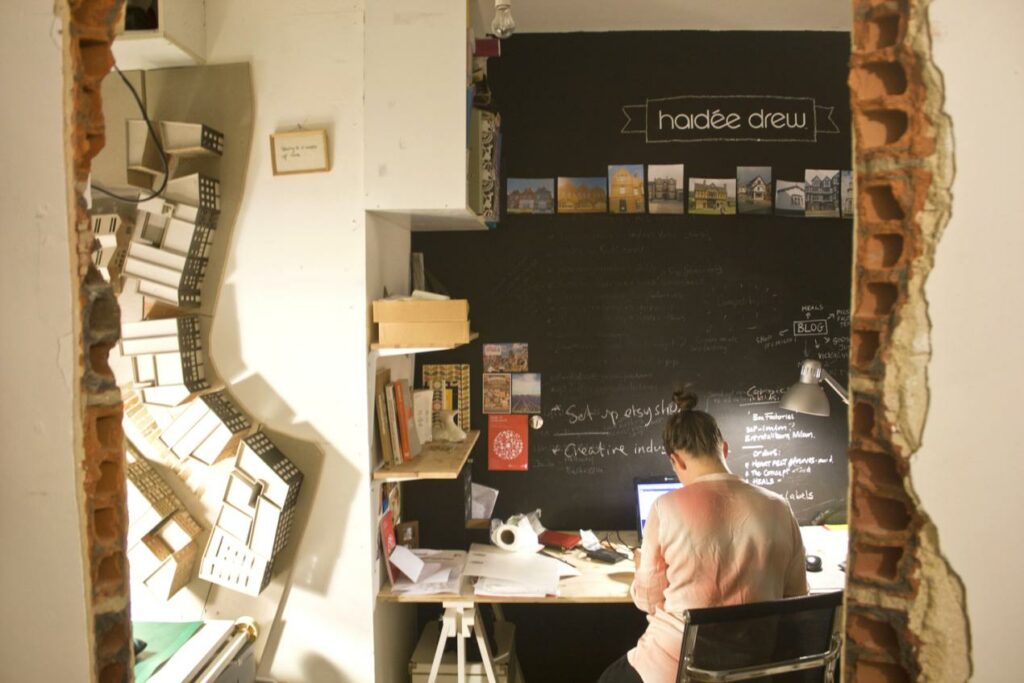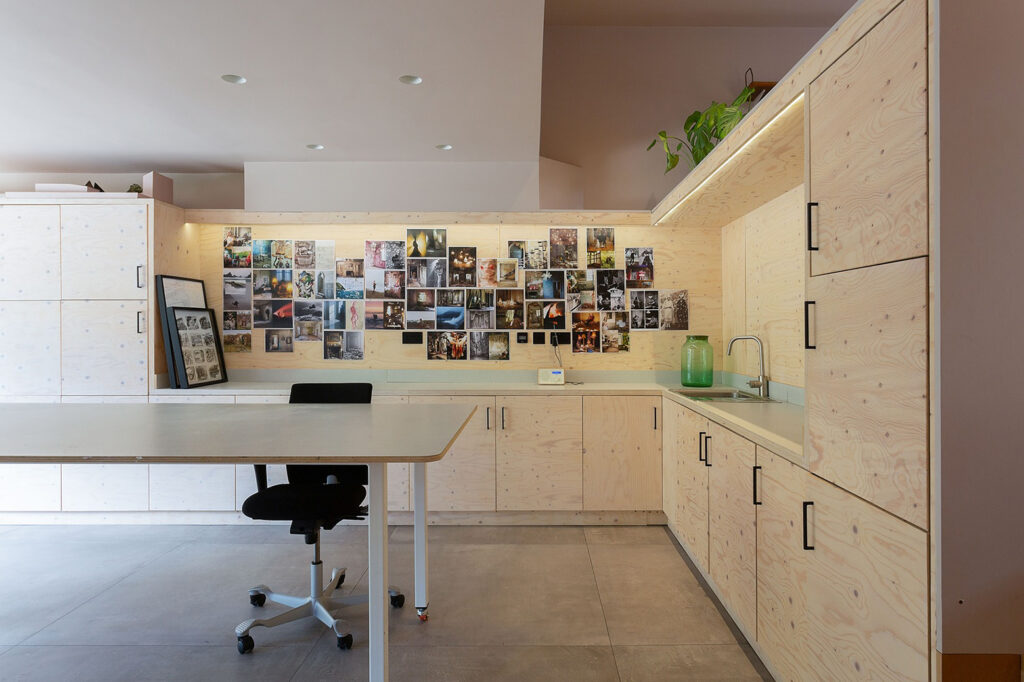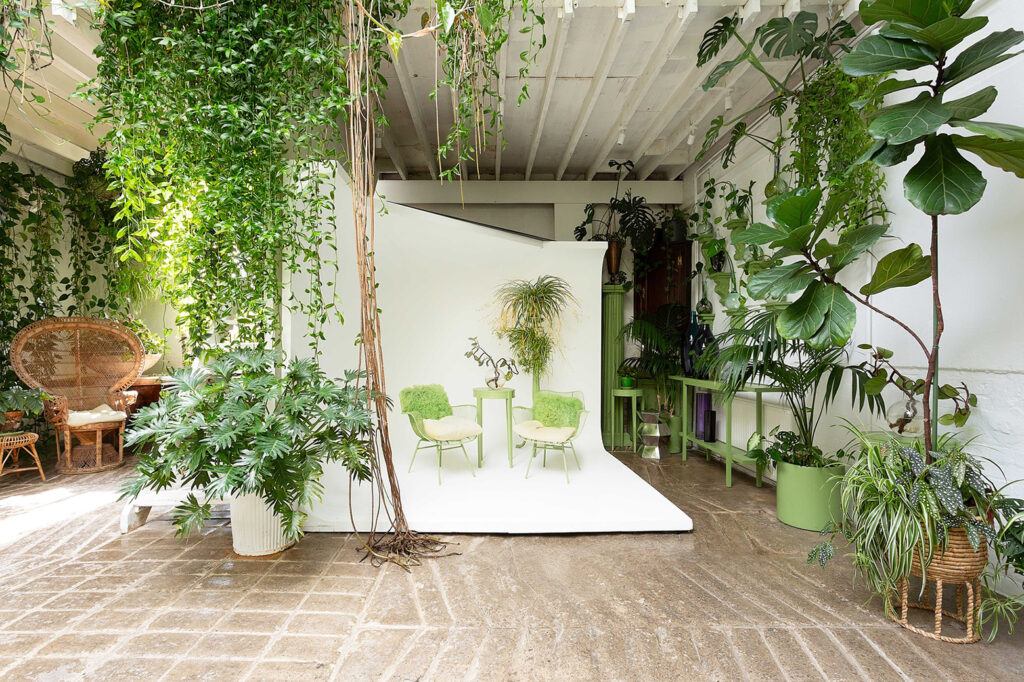Live/work spaces are those designed to incorporate both personal and professional lives. Back in the day, this might’ve come in the form of an overcrowded study or a repurposed garden shed, but contemporary live/work spaces have developed far beyond their basic original concept. This type of housing is particularly prevalent in warehouse and loft redevelopments and can present very high in value.
A Brief History of the Live/Work Space
In 90s Hackney, London, the live/work concept arose as a result of local authorities pushing for the regeneration of industrial spaces in the area. Their reasoning was to avoid transitioning to entire developments of residential properties, especially as a tactic to lure in small businesses to the area and make use of any defunct buildings.

The live/work concept has been adopted primarily by creatives, but there is ongoing growth of interest amongst people in all sorts of working fields, particularly since the rise of remote and hybrid working as a result of the recent pandemic. Although this unique set up has been popular with the creative types, live/work spaces aren’t a new phenomenon; a longstanding example are Shophouses, where commerce and housing met under the same roof. This type and similar variations have originated from all over the world, including the US, Japan and France. In history, the natural adopting of the live/work lifestyle was prevalent – historians have uncovered the Industrial Revolution as a contributing factor to the shift-away from live/work units over time. Evolutions in transportation and the rise of single-use zoning are amongst things that have contributed to changes.

Modern Live/Work Spaces as Shoot Locations
We have a few live/work properties on our books, originally set up to suit the professional requirements of their owners, to then be later acknowledged as suitable but unique places for photoshoots and filming.
Ashby
Ashby is a beautiful family mews home in South London, clad in Corten steel and fronted by re-built 19th Century exposed brick. It houses 3 bedrooms, 2 bathrooms and an open-plan kitchen/ living/ dining room, along with its live/work claim – a spacious, wooden design studio where its owner works from home. The owner tells us more about the property and its story in an episode of My Home, My Haven.

Casalino
Casalino is a self-built home with futuristic-modern interior design and a careful selection of textures and materials throughout. Its glass panelling and skylights make it an intriguing location, along with its huge, high-ceilinged artist studio on the ground floor. We recently interviewed the owners of this incredible live/work unit, so, luckily, you can learn more about their journey in developing the space in our recent episode of My Home as a Shoot Location here.

Clapton Tram Shed
Unsurprisingly, the owner of this plant-filled haven was an interior designer. Clapton Tram Shed is highly unique and requires an extreme level of care and maintenance, making it all the more special. It holds London history and is now used as a versatile shoot location with its very own built-in photo studio cove, making it a great example of a contemporary live/work unit.

Live/Work Spaces for the General Public
Besides shoot locations and privately-owned London live/work units, there have been projects popping up globally which solely and actively promote the live/work lifestyle, providing homes which are part of a community and fully equipped with venues and services to cater to both ends of the lifestyle.

An example of this is the Cul De Sac live/work community in Tempe, Arizona, in the United States. Described as a ‘people-centred open space’, this project combines home, retail, work, wellness and play all in one estate. From art classes to state-of-the-art gyms, restaurants and convenient public transport links to the surrounding city, this example takes the live/work concept to a whole new level. Not only does the Cul De Sac promote a seamless live/work lifestyle, but it has become the first US community to ban cars – this further exemplifies how the live/work model can be extended to harness an entirely alternative way of life. It can also be a reflection of the type of people who might choose to own or rent a live/work space.

This mode of live/work/play is a very interesting extension of the classic live/work unit – if you’d like to read more, we’d strongly suggest reading this article by IOptimize Realty here.
That’s a wrap!
We hope you found this piece on live/work spaces interesting (or even useful) ! If you’d like us to cover more on live/work spaces then please let us know.
See you all on the next one!
